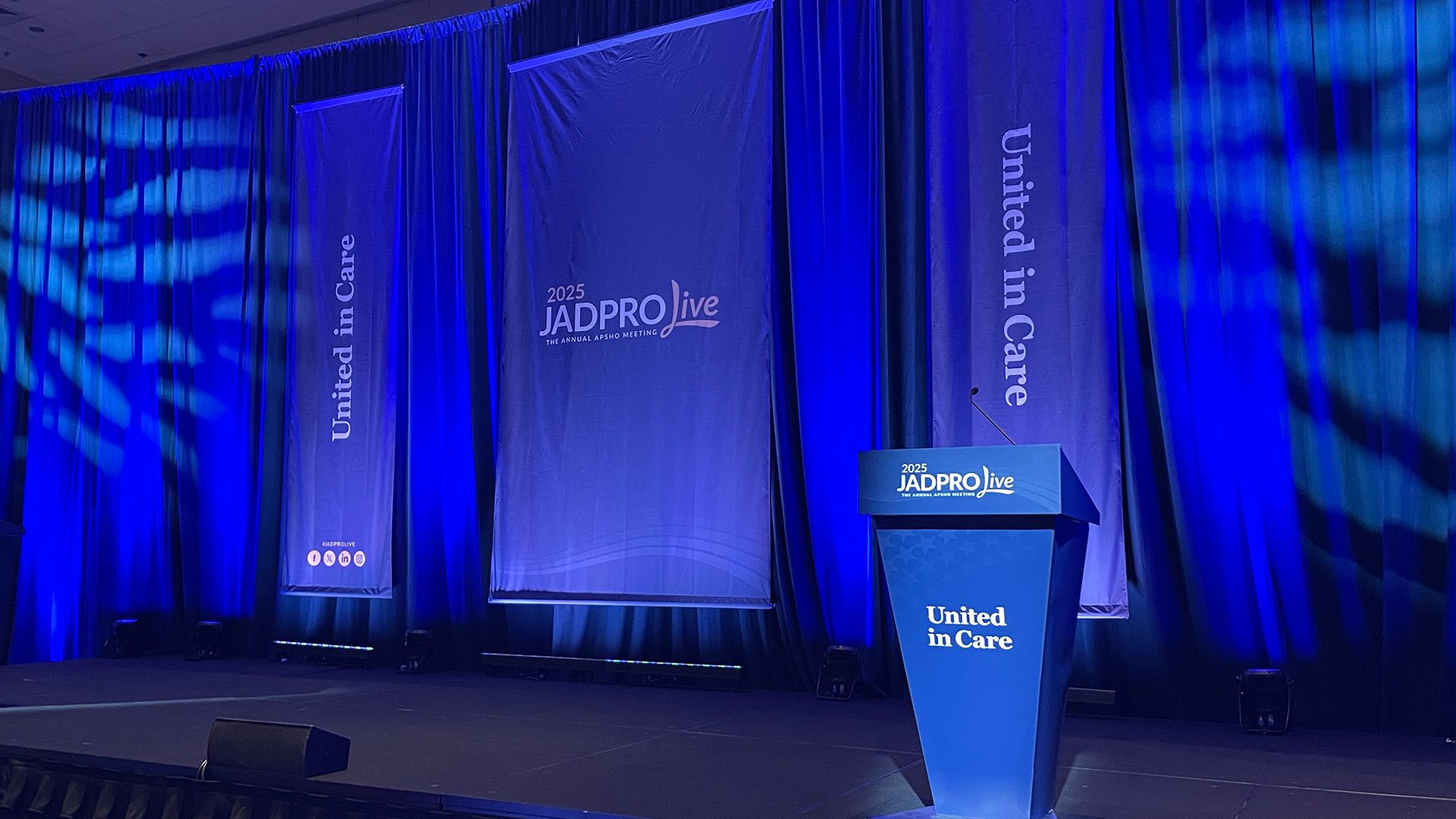
How Using Gender-Neutral Language Can Open Goals-of-Care Conversations

Using gender-neutral language is the first step in making a safe space for LGBTQIA+ patients with cancer, explained Al Asante-Facey, PA, MBA.
Opening discussions about priorities and learning about inclusive language are among the most impactful steps an advanced practice provider (APP) can take daily to create a welcoming space for patients with cancer who are part of the LGBTQIA+ community, according to Al Asante-Facey, PA, MBA.
In an interview with Oncology Nursing News, Asante-Facey, associate director of APPs at Memorial Sloan Kettering Cancer Center in New York, New York, shared key insights from their presentation on inclusive communication strategies for this patient population.
Because gender-affirming care for transgender and gender-expansive patients may include hormone replacement therapy, patients who require hormone-based therapies for their cancer may have to choose between gender-affirming care and oncologic care.
Asante-Facey gave the example of patients with breast cancer whose testosterone is held due to their disease being androgen receptor positive. For patients faced with these difficult decisions, Asante-Facey recommends opening a conversation about their care goals: Is the patient’s priority to cure their disease or to feel comfortable in their body?
The first step to making patients comfortable expressing these concerns, said Asante-Facey, is to use gender-neutral and gender-inclusive language. This can encompass asking about and sharing pronouns as well as avoiding gendered language when referring to someone’s body. Asante-Facey emphasized that seeking education on how to use language free of gender assumptions can be an important part of making this change.
Transcript
I know folks with breast cancer whose testosterone is held because most breast cancers are androgen receptor positive. Ultimately, that’s a decision you need to make with the patient in terms of the shared goal. Is their goal cure, or is their goal to transition and feel comfortable in their body?
The first thing is to lean into that discussion and be open to talking to your patient about how they’re feeling and what their priorities are. As oncology APPs, these are things we know how to do and do every day, just maybe in a different way. You must open up the floor and make space for someone to tell you how they’re feeling, to tell you what’s more important.
One of the most actionable changes you can make in your practice to welcome transgender and gender-expansive people is using gender-neutral language and educating yourself about how to speak to people without making assumptions of gender, whether it’s learning how to ask and share pronouns or using neutral language when referencing someone’s body or their family.
This transcript has been edited for clarity and conciseness.
Newsletter
Knowledge is power. Don’t miss the most recent breakthroughs in cancer care.
















































































